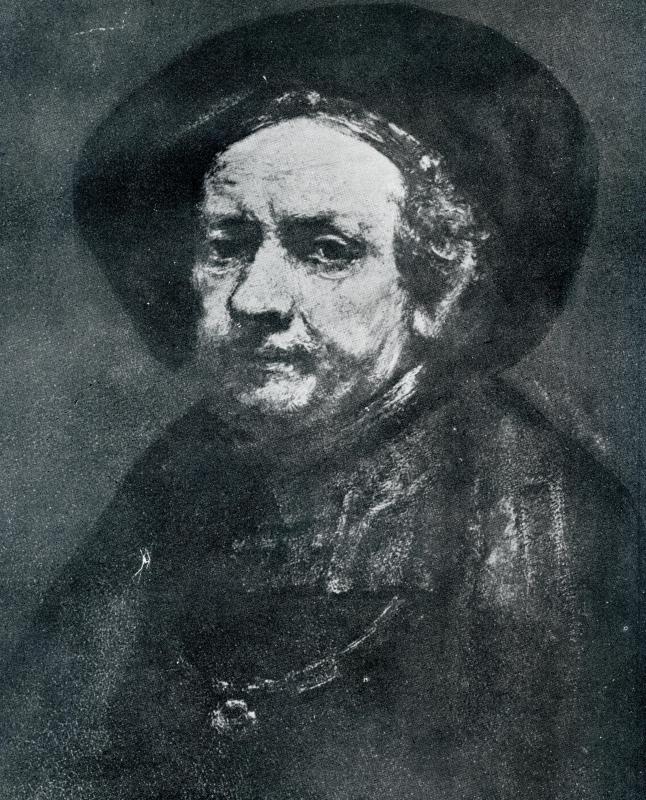At HomeQuestionsAnswered, we're committed to delivering accurate, trustworthy information. Our expert-authored content is rigorously fact-checked and sourced from credible authorities. Discover how we uphold the highest standards in providing you with reliable knowledge.
What is Drawing Chalk?
Drawing chalk is an art medium distinguished from chalkboard chalk. Chalkboard chalk is specially designed to be dustless, non-toxic, and used on smooth surfaces. It does not contain binding agents and is meant to be easily wiped away. Drawing chalk, on the other hand, contains an oil binder. Meant to adhere to paper and sidewalks, drawing chalk is not meant for chalkboards and may be difficult or impossible to completely erase. Pastel chalk is another name for pastel crayons and shouldn’t be confused with drawing chalk.
Round and square chalk crayons are both available in pastel and vibrant hues. They come as large as 4 inches × 1 inch (~102 mm × ~25 mm) for round crayons and 3 inches × 1 inch (~76 mm × ~25 mm) for square sticks. Drawing chalk can be blended by rubbing with the fingers.

Most papers called “drawing papers” are suitable for drawing chalk, as well as for charcoal, pastel, or pencil. “Sketchbooks” also tend to be suitable for multimedia. “Drawing pads,” on the other hand, are often not listed as an ideal surface for chalk. Most artist’s papers list the media that work best with them, so it’s a good idea to check.
Early chalk drawings date from Paleolithic times, and drawing chalk was a popular medium in the Renaissance and afterwards. There are famous chalk drawings by a number of notable artists: Albrecht Dürer’s Portrait of Erasmus and Michelangelo’s Deploration over the Dead Christ are drawn in black and red chalk respectively. In fact, Michelangelo tended to draw either with pen or with red or black drawing chalk.

The French terms aux deux crayons, aux trois crayons, and aux quatre crayons refer to specific tint combinations of drawing chalk that were popular in the 18th century. Deux reportedly refers to black and red drawing chalk; trois to black, red, and white drawing chalk; and quatre to black and white with two shades of red. Rembrandt, Rubens, Fragonard, Matisse, Picasso, and Degas also made chalk drawings.
AS FEATURED ON:
AS FEATURED ON:












Discussion Comments
Early artists used natural chalks. You've heard of the White Cliffs of Dover? Well, those are natural deposits of chalk from the sea, a by product of crustaceous life-forms, and are mostly calcium carbonate. Early medieval and renaissance artists would go up into the mountains in Northern Italy and literally cut blocks of iron-tinted chalk deposits out of some outcropping or vein of the mineral and later cut it into smaller sticks. They were harder than the more modern Conte crayons now used to replace the natural chalk.
The mountain chalks were grainy, tough, and a single stick could vary in color and texture. The paper used as supports for such a drawing had to be tough and crisp and have a lot of tooth, in order to scrape the pigment from the chalk. Sometimes the chalk was tough enough to incise, or scratch the paper. If you you look carefully at some of Michelangelo's actual drawings (on exhibit at some museums), you may notice these traits.
Fortunately, Nicholas-Jacques Conte came along and created not only the graphite pencil, but also the conte crayon by combining the ground-up pigments with gum tragacanth, or gum arabic and ball clay, fashioning it into cakes, and selling it to artists starting around 1795 or so. If you want to make your own, seek out a draughtsman's cookbook called The Craft of Old Master drawings by James Watrous. --Jabbahdah.
Sanguine - or red chalk - is a beautiful technique!
For people who like it, you can find a free drawing lesson with ballpoint red chalk online.
Post your comments